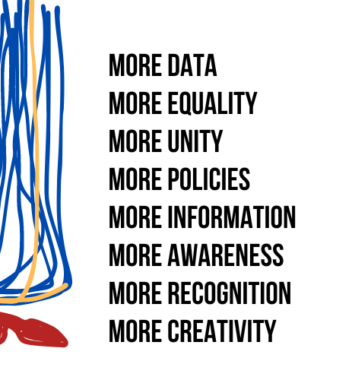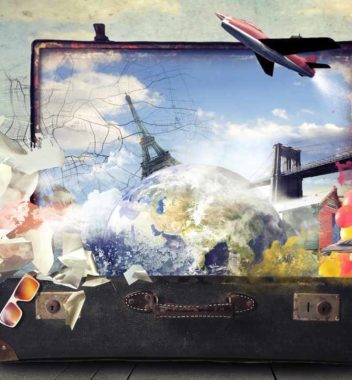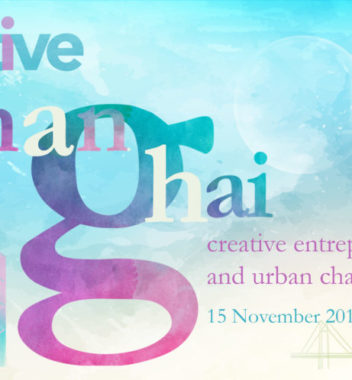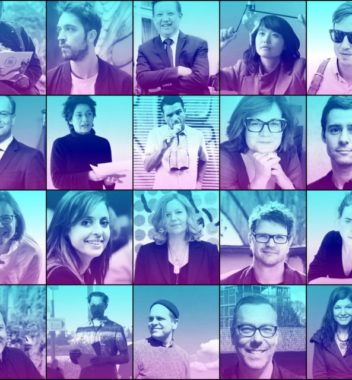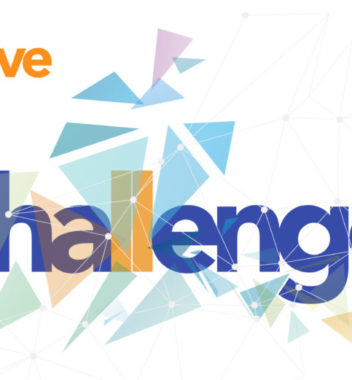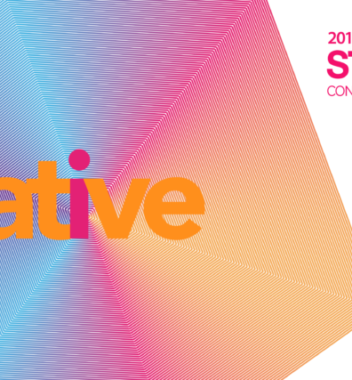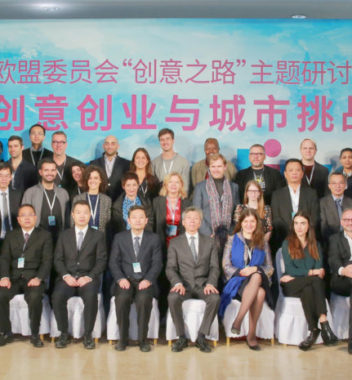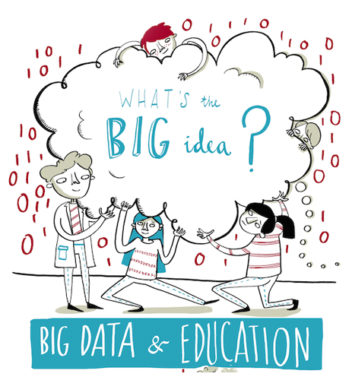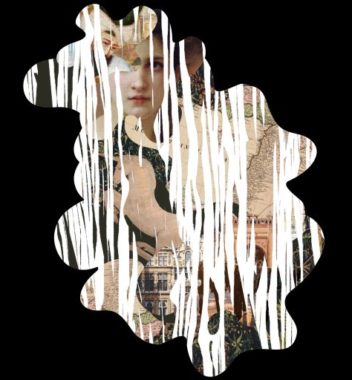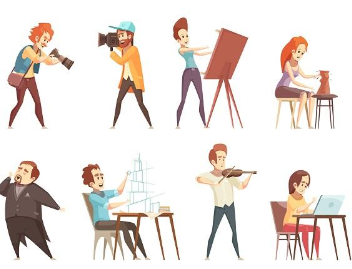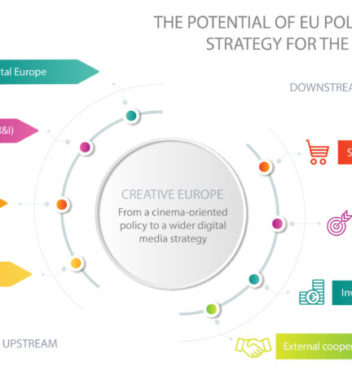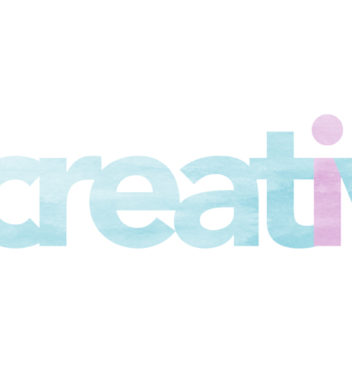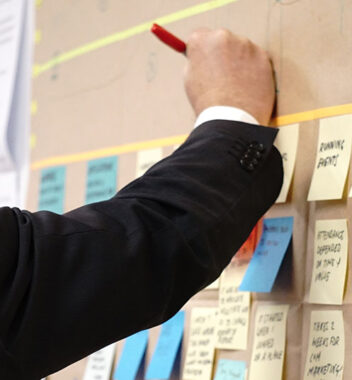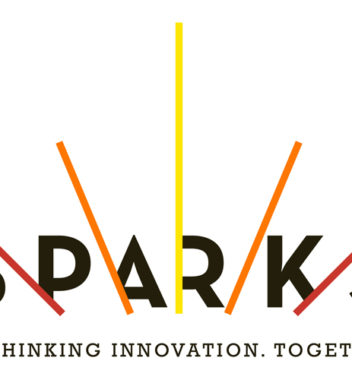
What is b.creative?
b.creative is the launch event of Creative Tracks – a EU co-funded initiative that aims at networking creative entrepreneurs worldwide. b.creative is also a platform for creative entrepreneurs to raise awareness and interact with policy makers and citizens about ways to innovate for tomorrow.
Why in Namur?
b.creative takes place in Namur, the capital of Wallonia in Belgium. The Walloon Government decided to support the event as a way to promote Creative Wallonia – a programme to support creativity in the region. Moreover b.creative will take place at the same time as KIKK (www.kikk.be), a renowned international festival of digital and creative cultures. This will create a wider opportunity to celebrate international creativity and innovation.
Who will attend b.creative?
We have identified more than 1,200 networks in the world that support creative entrepreneurs. This event is for them and their constituents. We have invited these networks to come to Namur or to engage in the conversation on our social media channels (@creativetracksnetwork on Facebook; @creative_tracks on Twitter and Instagram) and on the project’s digital platform. To ensure international representation we have invited more than 50 representatives of the breed of creative entrepreneurs from more than 30 countries. Policy makers from the European Union will also react to the conclusions of the event workshops. We will make the outcomes of b.creative available to all interested parties globally, through the b.creative website and social media.
What is your conception of a “creative entrepreneur”?
For us, creative entrepreneurs are people developing a for profit or not-for-profit entity to apply their creativity as artists or creative professionals (designers, architects, managers of cultural organisations, producers) to innovate. Often this innovation serves the development of new products or new services and/or contributes to goals of sustainability, community empowerment and better living conditions. The emphasis is to show that meaningful innovation results from s a process of interactions between art, science, business and technology.
[Tweet “Meaningful innovation results from interactions between art, science, business and technology”]
What to do at b.creative?
b.creative gives plenty of opportunities for interactions during debates and panel discussions. There will be workshops to facilitate participation. We will launch the Creative Tracks digital platform as well as the b.creative challenge to encourage creative entrepreneurs to work together across continents to address a societal issue. There will be also a fair for networks of creative entrepreneurs and we will organize as many face to face meetings as possible to stimulate exchanges. For more information on the programme I encourage you to consult the dedicated website www.bcreativetracks.com.
What’s next after Namur?
b.creative in Namur is a starting point. The next event is scheduled for the last quarter of 2017. It will take place outside Europe and we are currently talking to several cities interested in hosting b.creative’s second edition.
Why is KEA involved in this?
[Tweet “Tomorrow’s world needs the contribution of artists and creative professionals.”]
b.creative is the opportunity to raise awareness on the innovative potential of culture and creative industries. This echoes the mission of KEA which since 1999 provides evidence through research and projects that tomorrow’s world needs the contribution of artists and creative professionals. It is a continuation of our unremitted effort to demonstrate that innovation should not be left to technocrats, scientists and engineers alone and that scientific progress and economic growth cannot be devoid of ethics, aesthetic, compassion and meanings. b.creative is calling for more multi disciplinary interactions between scientific and artistic disciplines. The power of 21st century technology relates to biotechnology, genetic engineering, computer algorithms or artificial intelligence. These are the main sources of innovation. These evolutions require creative disruptions and visions to question their purpose and propose humanist paths.
Philippe Kern
@phikern
Since 1999 KEA European Affairs advises territories organisations and people to unlock the potential of cultural and creative industries.
